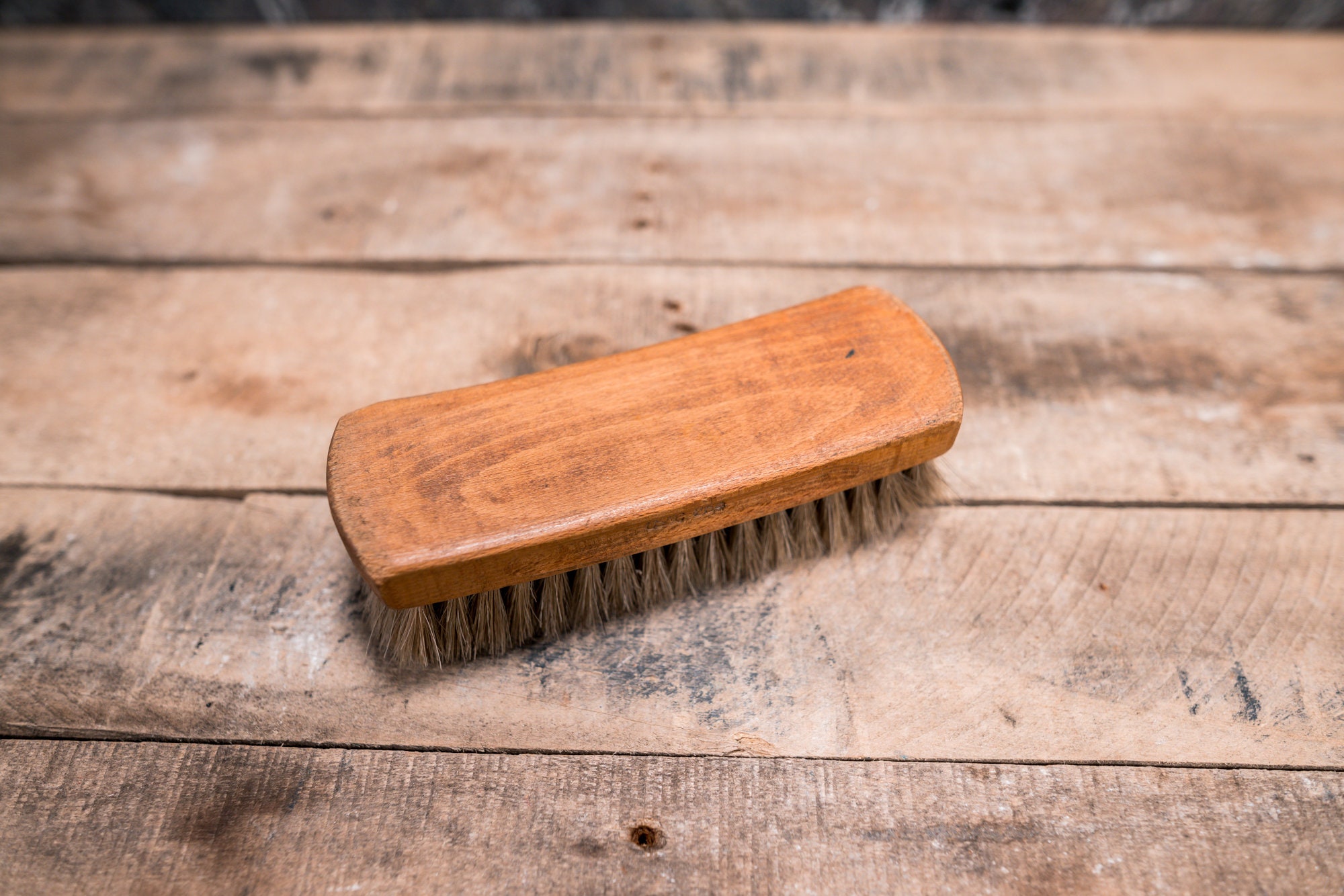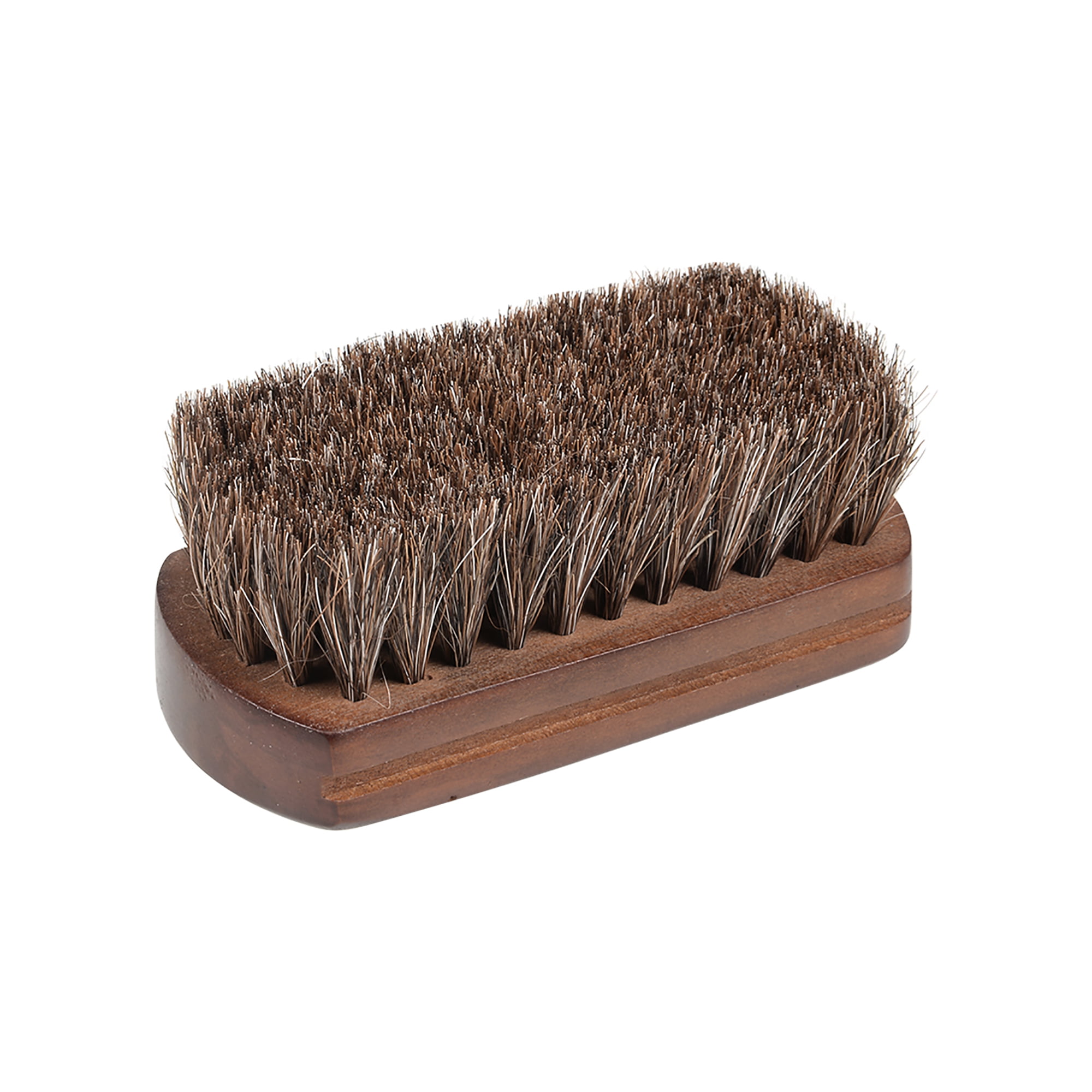
Made with goat hair and have light wood handles 5. Soft with spring for perfect blending potential Natural high absorbency for an impressive colour holding capacity
#Moku hanga shoeshine brush series#
For more information about the techniques of moku hanga, see and barenforum.132665 Silver Brush : Atelier Hake Brush : Series 5001 / 5006 / 5011 5.7000 GBP InStock /Brushes/Brushes/Brushes for Oil Painting /Brushes/Brushes/Brushes for Acrylic Painting /Brushes/Brushes/Watercolour Brushes /Brands/Silver Brush/Silver Brush : Atelier /Colour/Printmaking/Relief and Lino Printing/Japanese Woodcut - Moku Hanga/Printing and Sundries A range of Silver Brush Atelier Hakes that include long and short handled brushes with an angle or flat shaped brush head.Silver Brush Atelier Hake brushes are made using dressed, top quality goat hair creating soft, silky brushes that are perfect for applying an expert wash or for gentle blending.Atelier Hake Brushes: For a more extensive list from M.I.T., go here

Nishiki-e: Multi-coloured woodblock printing.Moku hanga:Japanese for woodblock prints.Ita-bokashi: "block shading" a technique for producing gradation achieved by sanding or abrading the edges of the carving.Hanshita: The drawings used as a guide to later carving.Keyblock: Roughly, line blocks often containing color.Chūban: a print size about 7 by 10 inches (18 by 25 cm).Bokashi: A graduated color impression often seen in traditional ukiyo-e print backgrounds.Beta ban: A flat, consistent color block.Baren-suji: Impression marks made with a baren- intentional or not.Baren: The traditional printmaking "pad" that is used by manually pressing the inked block.Hanga bake have long handles, maru (round) bake resemble shoe brushes. Bake(hanga or maru): traditional Japanese printing brushes made of horse or hog hair.I’ve noticed that this reconstituting doesn’t work as well with commercial tube watercolors since there is gum added and it results in a grainy texture.

I’m also not quite sure that the step of pushing the pigment through the sieve is necessary since the ground particles are much finer than the screen.Īfter printing, mixing bowls are left to dry around the printing desks and are reconstituted (unless starch paste had been added) by simply adding a little water and stirring with the tokibo without apparent problems. I was a little suprised at the Ultramarine since it is a mineral pigment. I suspect that this will result in less hard-won pigment being lost and may go a bit faster.Īs of several days later, both the Ultramarine and the Indigo did not separate to clear water. Mokuhankan is planning to compare this traditional method of grinding pigments with using a western-style glass muller/ glass slab combination. The idea of keeping a selection of pigments stored in ‘paste’ form in an alcohol/water mix is discussed in ‘One-Point Lesson’ #6 in another section of the Encyclopedia. We are continually adding to our range of tools and materials so please keep. Born from the traditional craft of creating Japanese Ukiyo-e prints, it is a technique that can be adapted to suit a range of abilities and allows for a wide range of creative possibilities. Additional references: Preparing powdered pigments can be found in a “Tools and Materials” section David Bull’s Encyclopedia article. Moku 'wood' Hanga 'printmaking' This is a water-based method of printmaking that has gained popularity across the globe.


 0 kommentar(er)
0 kommentar(er)
